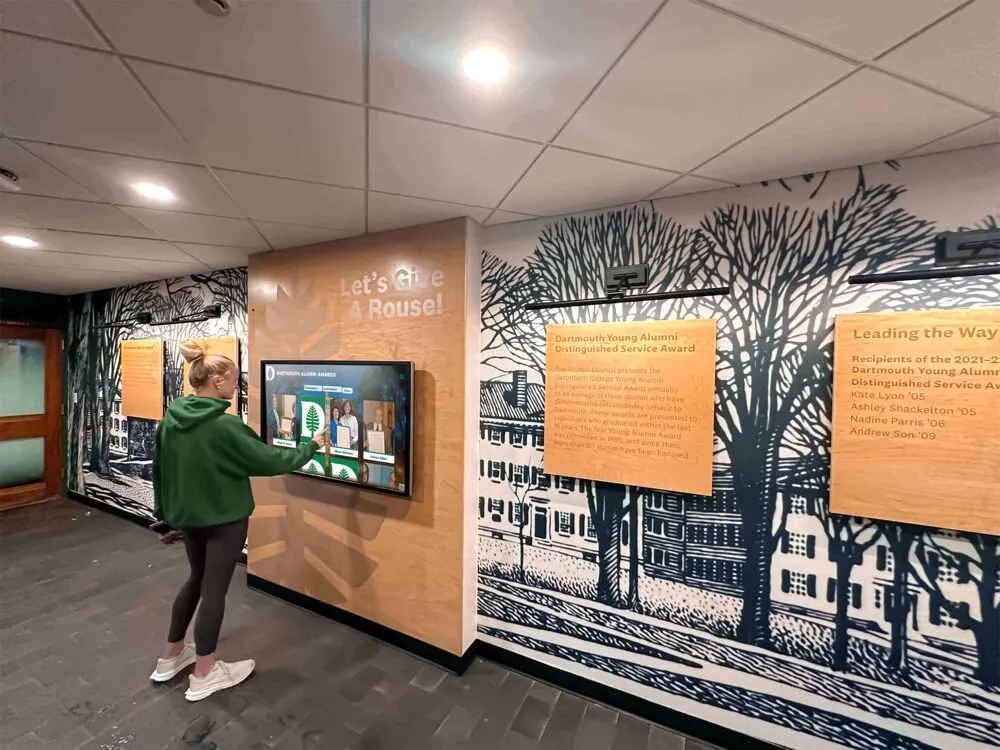Understanding what motivates community members to participate, contribute, and remain engaged represents one of the most critical challenges facing schools, universities, alumni associations, clubs, and community organizations. While many groups invest significant resources in programs and initiatives, they often struggle to generate the sustained participation needed for vibrant, thriving communities. The difference between communities that flourish and those that languish frequently comes down to how well organizations understand and address the fundamental motivators driving member engagement.
Research across psychology, community development, and organizational behavior reveals that community member motivation is far more complex than simple transactional exchanges. Successful communities tap into deep psychological needs—for belonging, recognition, competence, autonomy, and purpose—creating environments where participation feels intrinsically rewarding rather than obligation. When organizations align their engagement strategies with these core motivators, they unlock dramatically higher levels of participation, contribution, and long-term commitment from their members.
The Psychology of Community Motivation
Before implementing specific engagement strategies, it’s essential to understand the psychological foundations of why people choose to participate in communities and what keeps them coming back over time.
Three Core Psychological Needs
According to Self-Determination Theory, one of the most well-established frameworks in motivational psychology, human beings have three fundamental psychological needs that drive intrinsic motivation:
Competence represents the need to feel capable and effective in our activities. Community members need opportunities to demonstrate their abilities, develop new skills, and experience growth. When members feel their capabilities are valued and expanding, motivation increases dramatically. Conversely, if members don’t see opportunities to contribute meaningfully or develop competence, engagement quickly deteriorates.
In community contexts, competence manifests through opportunities to share expertise, mentor others, lead initiatives, solve problems, and see tangible results from contributions. Communities that systematically acknowledge member capabilities and create pathways for skill development maintain significantly higher participation rates.
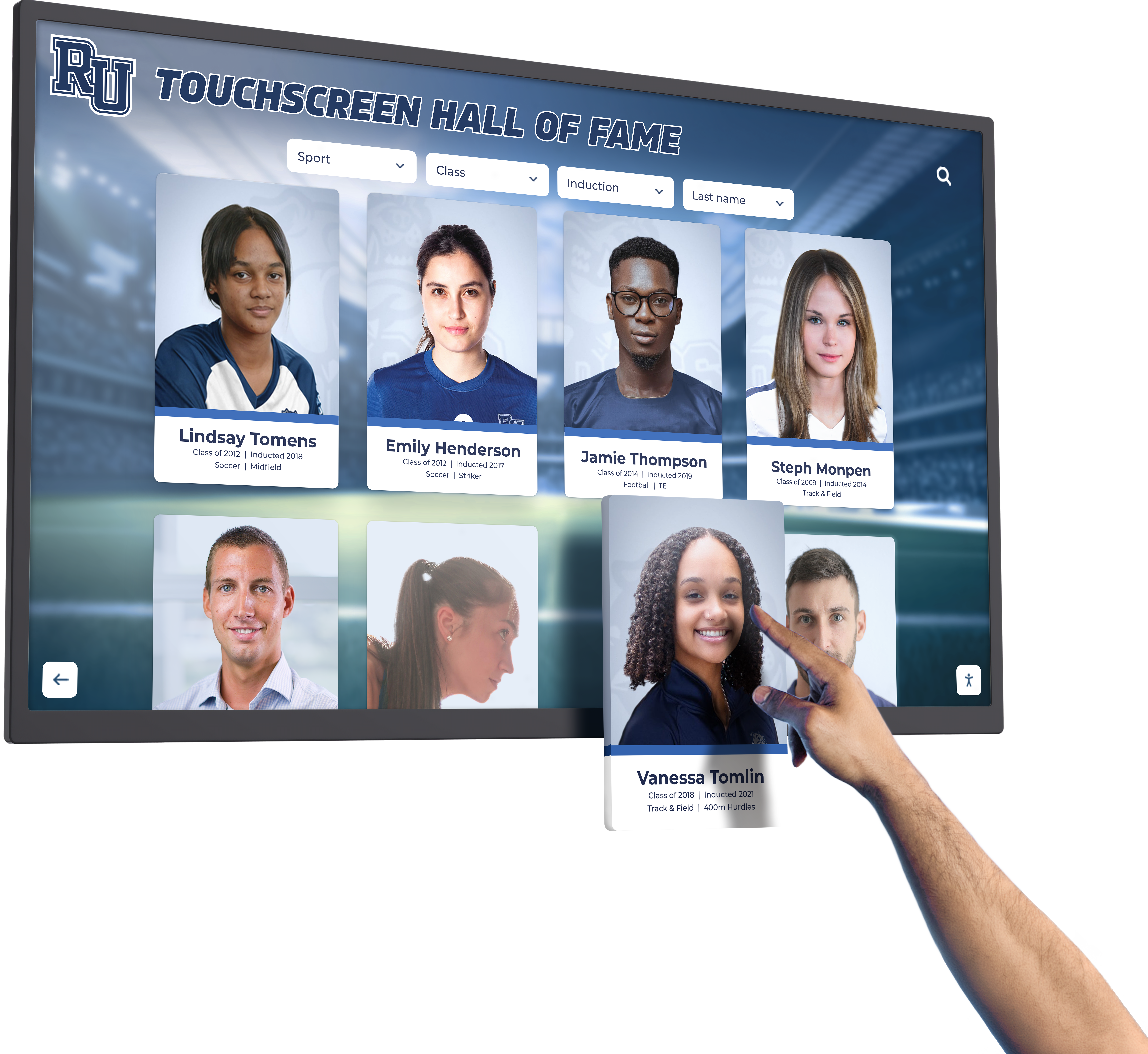
Autonomy refers to the need to feel in control of our own choices and actions. People are far more motivated when they feel they’re participating because they’ve chosen to rather than because they’re being controlled or coerced. Communities that respect member autonomy—allowing flexible participation styles, honoring diverse contribution preferences, and involving members in decision-making—generate stronger intrinsic motivation than those imposing rigid participation requirements.
This doesn’t mean communities should lack structure or expectations. Rather, effective communities provide clear opportunities while respecting that members will engage in ways that align with their values, schedules, and interests. When members feel they’re participating on their own terms, commitment deepens substantially.
Relatedness captures the universal need to feel connected to others and to belong to something larger than ourselves. Humans are fundamentally social beings who seek meaningful relationships and community identity. When community members feel genuinely liked and respected by others, when they develop authentic friendships through community participation, and when they identify with the community’s purpose and values, motivation becomes self-sustaining.
Communities that facilitate genuine relationship-building—rather than simply organizing transactional interactions—create the social bonds that transform occasional participants into committed long-term members. This relatedness dimension explains why recognition, which validates social identity and community belonging, proves so powerful in driving sustained engagement.
The Role of Recognition in Motivation
Recognition sits at the intersection of all three psychological needs, which explains why it represents such a powerful motivational force in community contexts. When communities celebrate member contributions, they simultaneously address competence (validating that the person’s abilities matter), autonomy (acknowledging choices to contribute), and relatedness (confirming social belonging and respect from the community).
Effective recognition goes beyond simple acknowledgment to create meaningful validation experiences that strengthen member identity and commitment. Solutions like interactive digital recognition displays transform traditional static plaques into dynamic platforms that celebrate diverse contributions while creating engaging experiences for all community members.
What Specifically Motivates Different Types of Community Participation
While core psychological needs provide foundation, specific motivators vary based on what type of participation communities seek from members. Understanding these nuances enables organizations to design targeted strategies that effectively drive desired behaviors.
Motivators for Initial Participation
Getting someone to take that first step—attending an event, joining a group, making an initial contribution—requires addressing specific barriers and appeals:
Local Proximity and Relevance: Research consistently shows that the closer an issue or opportunity is to someone’s immediate life, the more likely they are to engage. Communities should emphasize how participation relates to members’ current circumstances, geographic locations, professional interests, or personal values. Making relevance explicit—rather than assuming members will make these connections themselves—dramatically improves initial participation.
Social Invitation and Belonging: People are significantly more likely to participate initially when personally invited by someone they know and respect. The power of peer invitation explains why referral programs, member-to-member recruitment, and word-of-mouth consistently outperform general marketing. Initial participation also increases when newcomers are explicitly welcomed and introduced to the community, reducing the social anxiety that inhibits first-time attendance.
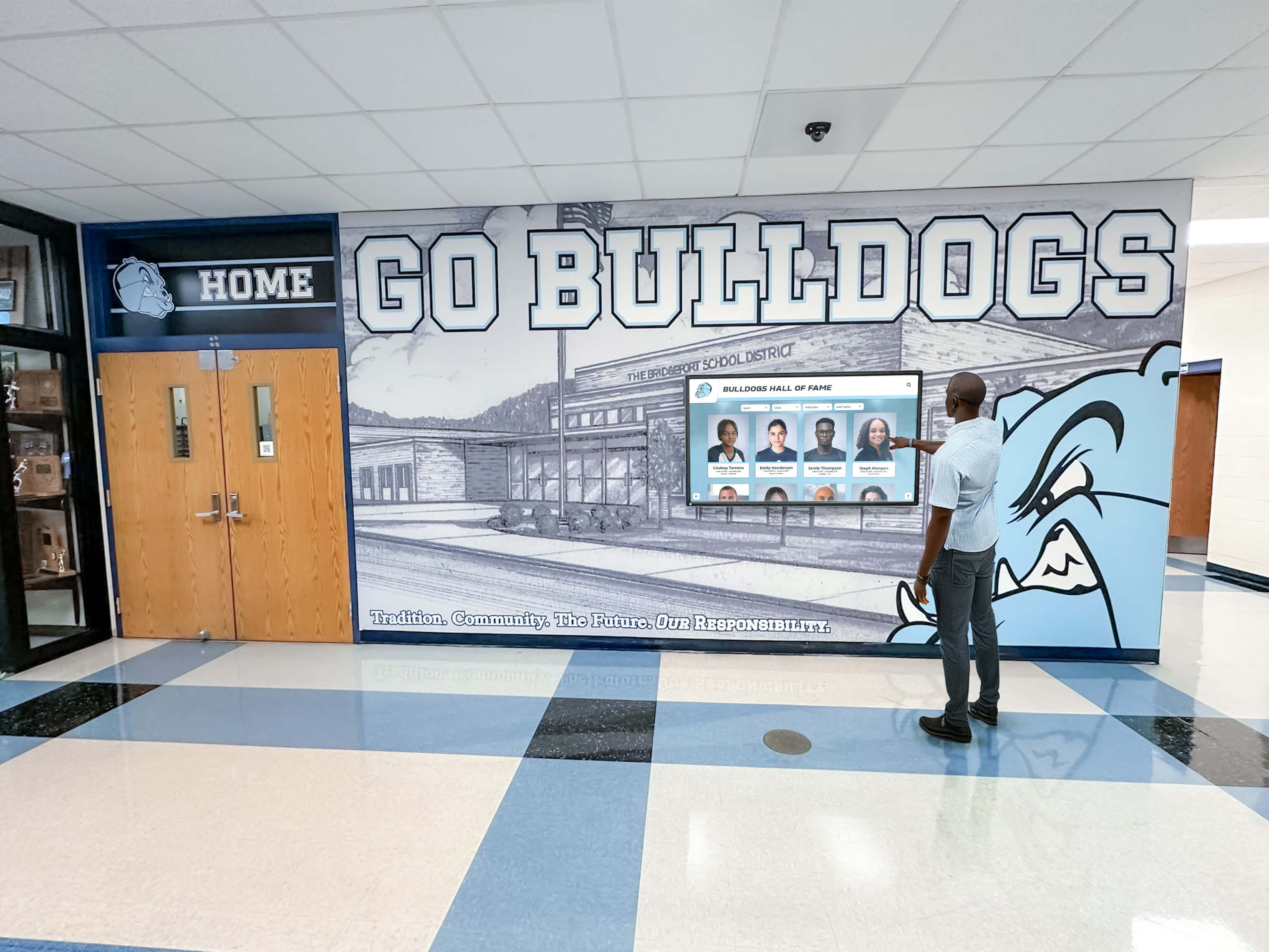
Low Barriers to Entry: First-time participation requires overcoming activation energy—the psychological and practical obstacles preventing engagement. Successful communities minimize these barriers through clear, simple participation pathways, flexible commitment levels (attending one event rather than joining a committee), accessible locations and timing, and explicit communication about what to expect. When trying something new feels low-risk and straightforward, initial participation rates improve substantially.
Curiosity and Learning Opportunities: Many people initially engage because they want to learn something new, explore an interest, or discover what a community offers. Communities emphasizing educational value, exclusive content access, or opportunities to connect with interesting people tap into this curiosity-driven motivation. The learning motivation proves particularly powerful for professional associations, alumni groups, and special interest communities where members seek knowledge and expertise.
Motivators for Sustained Engagement
Converting first-time participants into regular contributors requires addressing different motivational factors than those driving initial involvement:
Relationships and Social Connection: Across community types, research consistently identifies relationships as the primary reason people continue participating after initial involvement. When members develop genuine friendships, feel respected and liked by others, and experience authentic social connection, they continue engaging even when specific programs or events might not perfectly align with their interests. Communities that facilitate relationship-building—through small group interactions, recurring touchpoints with the same people, and social activities alongside formal programming—create the social bonds sustaining long-term participation.
Recognition and Growth: Members stay engaged in communities where their contributions receive acknowledgment and where they see themselves developing and advancing. This recognition need extends beyond formal awards to include informal appreciation, visible impact of contributions, opportunities to take on greater responsibilities, and celebration of member achievements. Communities that systematically recognize diverse types of contributions—not just the most visible or prestigious—maintain broader base of sustained participants.
Sense of Purpose and Impact: Long-term participants typically maintain strong intrinsic connection to community purpose. They understand how their participation contributes to meaningful goals, see tangible outcomes resulting from their involvement, and feel their efforts make genuine difference. Communities should regularly communicate impact—sharing success stories, demonstrating how member contributions advanced mission, and connecting individual actions to broader outcomes. When members understand the “why” behind participation, sustained engagement becomes self-reinforcing.
Autonomy and Flexibility: As initial participants become regular members, they increasingly value flexibility to engage in ways matching their evolving interests, schedules, and life circumstances. Communities offering diverse participation pathways—from intensive leadership roles to lighter-touch options—accommodate members through different life stages. Flexibility signals respect for member autonomy while enabling sustained connection even when circumstances change.
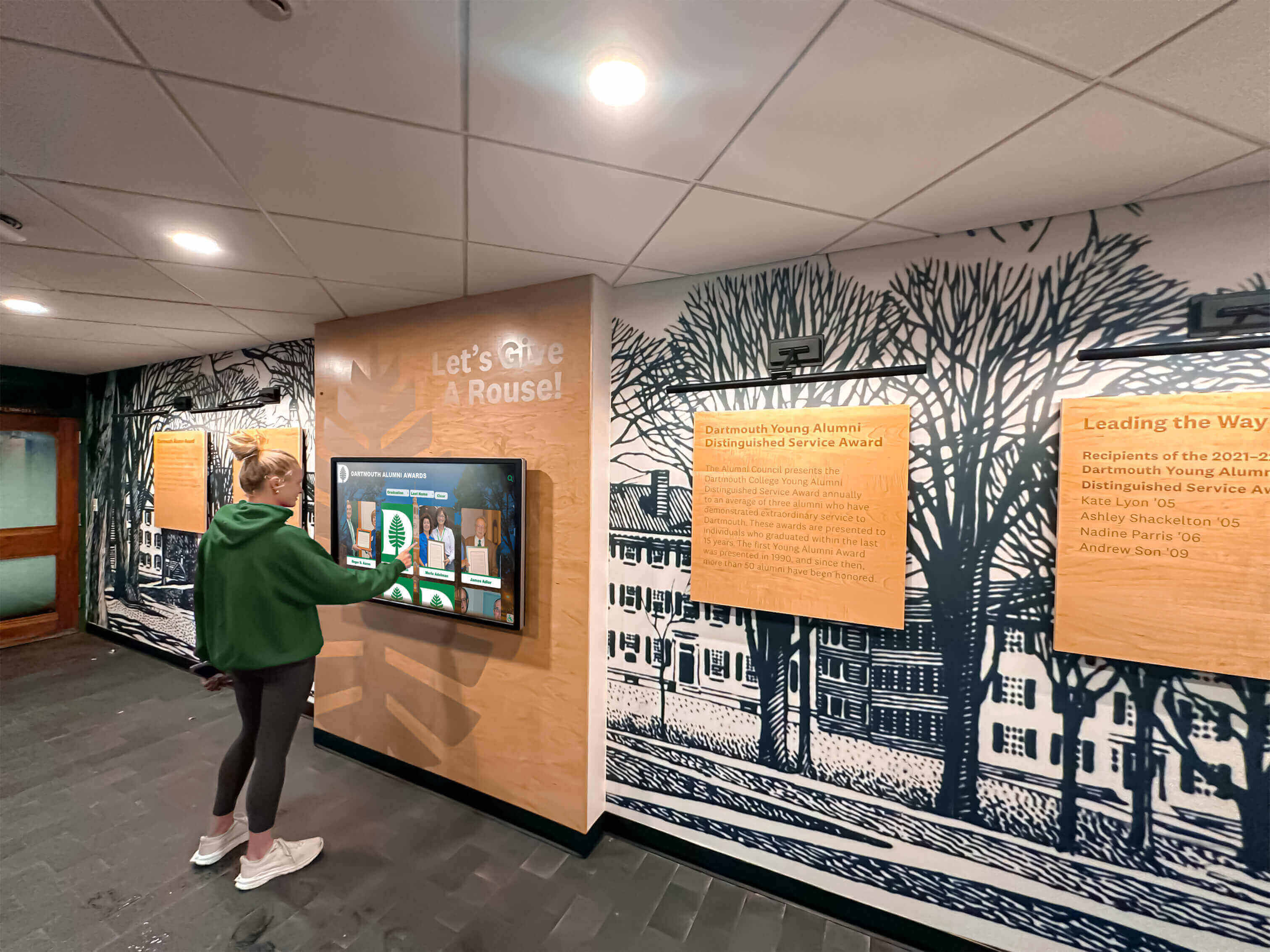
Motivators for Leadership and Deep Contribution
Converting sustained participants into leaders who drive community forward requires addressing highest-level motivational factors:
Status and Social Identity: Members step into leadership when doing so enhances their social status and identity within communities they value. Leadership roles that carry visible recognition, respect from peers, and enhanced social position within networks motivate members seeking to strengthen their community standing. This status motivation isn’t shallow—it reflects deep human needs for social validation and community belonging.
Making a Difference and Legacy: Many community leaders are motivated by desire to create lasting impact and build something enduring. They want to see communities thrive, positively affect others’ experiences, and create legacy of contribution extending beyond their active participation. Communities should explicitly honor this legacy motivation—recognizing long-term contributors, documenting community history, and demonstrating how individual leadership shapes collective future.
Professional and Personal Development: Leadership opportunities that develop valuable skills, expand professional networks, and enhance resumes attract ambitious members seeking growth. Communities should articulate how leadership roles develop specific competencies—public speaking, project management, strategic thinking, fundraising—relevant to members’ professional contexts. When leadership clearly advances personal development goals, members willingly invest substantial time and energy.
Access and Insider Benefits: Leaders often receive enhanced access to exclusive information, relationships with influential people, behind-the-scenes experiences, and special opportunities unavailable to general members. This insider access—when appropriate and ethical—creates legitimate motivation for deeper engagement by providing tangible benefits justified by greater contribution levels.
Recognition as a Cornerstone of Community Motivation
Given recognition’s powerful role in addressing multiple psychological needs simultaneously, communities should prioritize systematic recognition programs that celebrate diverse contributions and create inclusive acknowledgment cultures.
The Power of Public Recognition
Public recognition—whether through physical displays, digital platforms, community publications, or ceremonial events—serves multiple motivational functions simultaneously. It validates individual contributors, demonstrates organizational values by showing what gets celebrated, creates aspirational targets for other members, and strengthens community identity through shared celebration.
Modern interactive recognition displays transform traditional plaques into engaging platforms where unlimited members can be celebrated across unlimited achievement categories. Unlike static recognition limited by physical space, digital solutions enable comprehensive celebration of diverse contributions from volunteer service to financial support, leadership roles to mentorship, attendance milestones to special achievements.
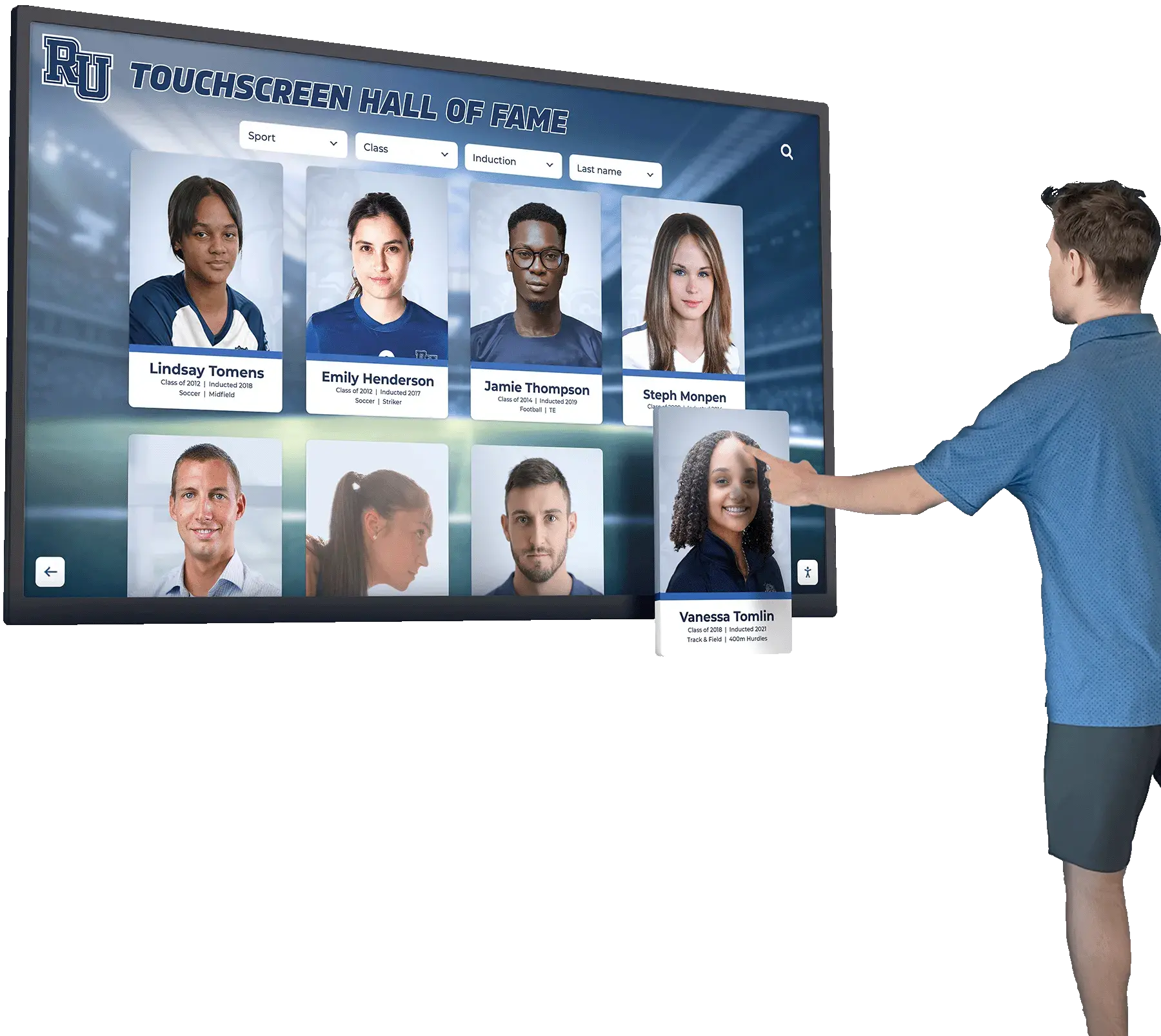
Diverse Recognition Categories
Comprehensive recognition honors varied contributions rather than limiting acknowledgment to narrow achievement types. Effective communities celebrate financial contributions at all levels, volunteer service and committee participation, mentorship and peer support, attendance and sustained engagement, leadership in formal and informal capacities, special achievements and milestones, advocacy and community promotion, and innovation and creative contributions.
This diversity ensures members with different capabilities and resources all see potential pathways to recognition, maintaining motivation across broad membership bases. When only narrow excellence receives celebration, most members disengage believing acknowledgment remains perpetually out of reach.
Timely and Accessible Recognition
Recognition delayed months after contributions occurs loses significant motivational impact compared to prompt acknowledgment while achievements remain timely. Digital content management systems enable near-immediate recognition appearing within days or weeks of contributions, maintaining relevance and reinforcing contribution-acknowledgment connections.
Additionally, recognition should be accessible both on-site and remotely. Digital recognition platforms with web accessibility ensure geographically dispersed members can view and share their recognition, extending acknowledgment beyond physical locations and dramatically increasing recognition’s reach and impact.
Building Community Through Shared Purpose and Values
While recognition and relationship-building prove essential, sustainable community engagement requires members connecting to shared purpose transcending individual benefits.
Communicating Mission and Impact
Communities should consistently communicate their core purpose, regularly share impact stories demonstrating mission advancement, connect individual member contributions to broader outcomes, and celebrate collective achievements resulting from combined efforts. When members understand the “why” behind community existence and see tangible evidence their participation advances meaningful goals, intrinsic motivation strengthens substantially.
Many organizations assume members understand mission and impact without explicit communication. This assumption leads to disconnection where members view participation transactionally—what do I get from this?—rather than purposefully—how do we together achieve something meaningful? Regular impact communication transforms this mindset by demonstrating how collective action advances shared values.
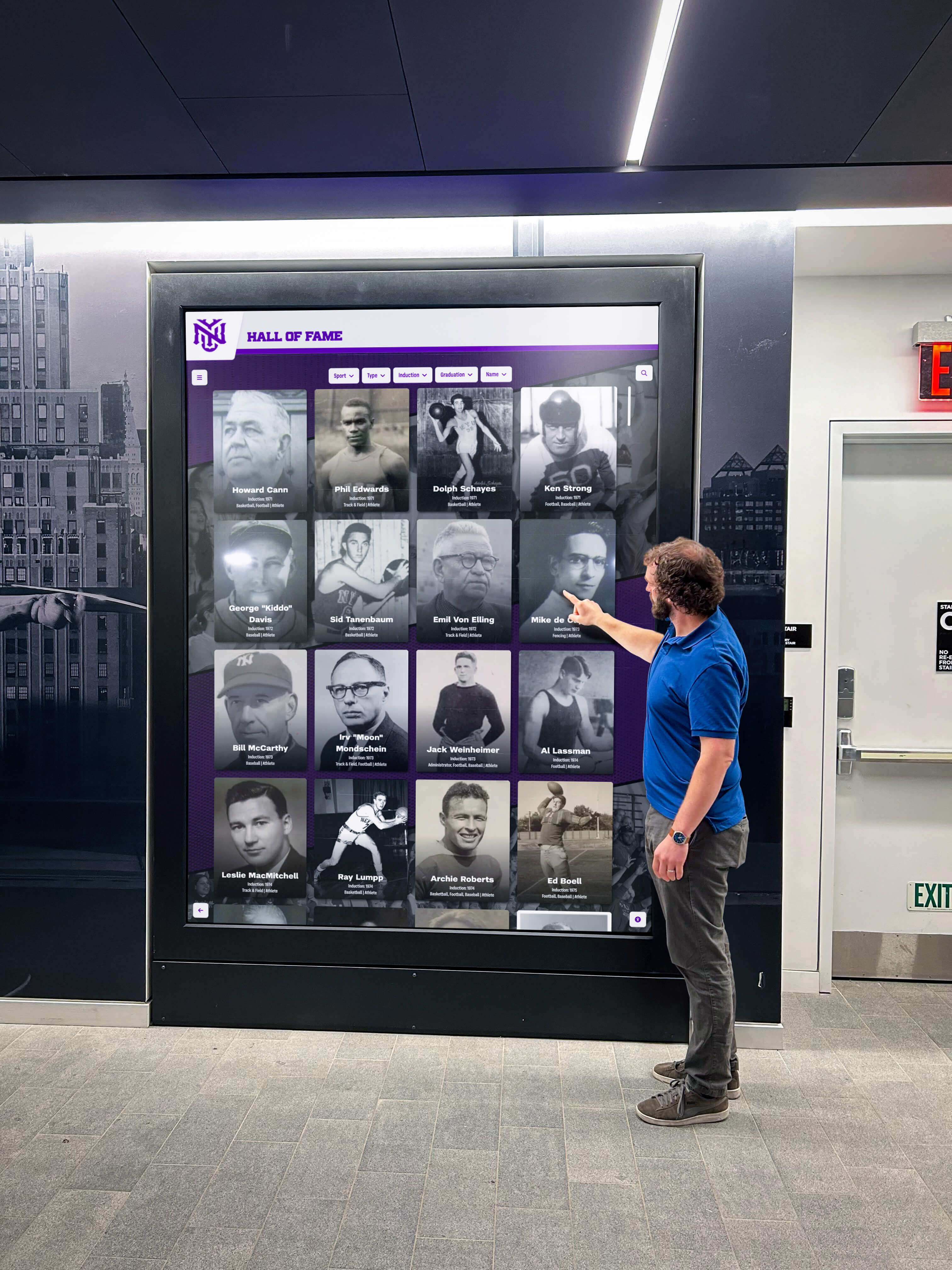
Creating Opportunities for Meaningful Contribution
Members need opportunities to contribute in ways that feel personally meaningful and impactful. This requires communities to offer diverse engagement pathways matching different member interests, skills, and availability. Some members want intensive leadership roles while others prefer lighter-touch participation. Some excel at creative tasks while others prefer analytical or logistical work. Some have abundant time while others face significant constraints.
Successful communities create contribution menus offering options across different commitment levels, skill requirements, time demands, and engagement styles. This flexibility enables all members to participate meaningfully while respecting their autonomy and life circumstances.
Building Community Rituals and Traditions
Shared rituals and traditions create powerful community bonds by establishing collective experiences and shared identity markers. Annual recognition ceremonies, homecoming celebrations, milestone commemorations, and recurring events become anticipated traditions that reinforce community belonging and continuity.
These rituals prove particularly powerful when they involve multiple generations connecting through recognition of past contributors alongside current members, creating visible continuity between community history and present-day participation. When members see themselves as part of ongoing tradition spanning decades, commitment to sustaining that tradition deepens.
Leveraging Digital Technology to Scale Motivation
Modern technology enables communities to motivate members more effectively than ever possible with traditional approaches alone.
Interactive Recognition Platforms
Digital recognition systems transform static acknowledgment into engaging interactive experiences. Members can search for friends and classmates, explore community history and achievements, filter by categories reflecting their interests, share recognition through social media, and submit updates about their own accomplishments for recognition consideration.
This interactivity increases engagement duration and frequency compared to passive viewing of static displays. Communities implementing interactive touchscreen displays report that visitors spend 5-7 minutes actively exploring content compared to 30-45 seconds glancing at traditional plaques—dramatically multiplying recognition’s motivational impact.

Data-Driven Personalization
Digital platforms enable communities to track member engagement patterns, interests, and preferences, using this data to deliver personalized experiences at scale. Rather than sending identical communications to all members, communities can segment audiences and tailor messaging based on engagement history, contribution types, geographic location, professional interests, and lifecycle stage.
This personalization dramatically improves relevance—a key motivational factor—while demonstrating that the organization sees members as individuals rather than undifferentiated masses. When members consistently receive communications and opportunities matching their specific interests and circumstances, engagement rates improve substantially.
Online Community Spaces
Digital platforms facilitate ongoing community connection beyond episodic in-person events. Discussion forums, member directories, mentorship matching systems, virtual events, and social networking features enable members to maintain relationships and community connection regardless of geographic location or schedule constraints.
For communities with geographically dispersed members—alumni associations, professional organizations, special interest groups—online spaces prove essential for sustaining engagement between occasional in-person gatherings. These digital touchpoints maintain community presence in members’ daily lives, preventing the out-of-sight, out-of-mind disengagement that plagues communities relying exclusively on periodic physical events.
Addressing Common Barriers to Community Participation
Even when communities address core motivational factors, practical and psychological barriers can inhibit participation. Proactively addressing these obstacles improves engagement across all member segments.
Time Constraints and Competing Priorities
Most potential participants face legitimate time constraints from work, family, and other commitments. Communities should offer flexible participation options with varying time commitments, provide virtual and hybrid attendance options, schedule events strategically considering target audience availability, and enable bite-sized contributions requiring minimal time investment.
The key is respecting that time represents members’ most limited resource while demonstrating that meaningful participation doesn’t require heroic time commitments. When communities offer accessible engagement pathways, more members can participate within their real-life constraints.

Lack of Awareness and Information Gaps
Many potential participants simply don’t know about opportunities to engage or understand what participation involves. Communities should consistently communicate opportunities through multiple channels, clearly describe what participation entails and requires, provide orientation for new participants, and actively recruit rather than passively announcing opportunities.
The assumption that motivated members will proactively seek out engagement opportunities often proves incorrect. Active, repeated communication—through email, social media, member communications, and peer-to-peer outreach—dramatically increases participation by ensuring awareness reaches all potential participants.
Social Anxiety and Newcomer Discomfort
Joining established communities feels intimidating for many people who worry about not knowing anyone, feeling out of place, or making social missteps. Communities should implement newcomer welcome programs, provide buddy systems pairing new participants with established members, create newcomer-specific events with lower social pressure, and train existing members to proactively welcome and include new faces.
These interventions dramatically reduce newcomer attrition—the common pattern where people attend once but never return because they felt uncomfortable or unwelcome. When communities systematically address social integration, first-time participants much more frequently become sustained members.
Measuring Motivation and Engagement Success
Strategic communities track meaningful metrics demonstrating whether engagement efforts effectively motivate desired participation while identifying opportunities for improvement.
Participation Metrics
Core participation metrics include overall engagement rates (percentage of members actively participating), attendance at events and programs, volunteer contribution hours, financial giving participation rates, and trends over time showing whether engagement increases or decreases. These quantitative measures provide objective evidence of engagement health and program effectiveness.
Quality and Depth Indicators
Beyond raw participation numbers, communities should assess engagement quality through member retention rates (how many participants return?), progression from casual to committed engagement, diversity of member contributions across different activity types, member satisfaction and Net Promoter Score, and qualitative feedback about motivation and experience.
Quality metrics reveal whether communities create merely transactional participation or develop genuine commitment and intrinsic motivation. High participation with poor retention signals engagement strategies attract but fail to sustain members—a critical distinction requiring different corrective strategies.
Long-Term Outcomes
Ultimate measures include lifetime member value across engagement and contributions, alumni/former member continued connection, member referrals and recruitment of new participants, and achievement of community mission and goals enabled by member engagement. These outcomes demonstrate whether motivation strategies generate not just immediate participation but sustained commitment advancing community purpose over time.
Implementing Comprehensive Motivation Strategies
Building thriving communities motivated by recognition, belonging, purpose, and growth requires systematic implementation of evidence-based strategies.
Start with Recognition Infrastructure
Communities should establish comprehensive recognition programs celebrating diverse contributions, implement digital recognition platforms enabling unlimited acknowledgment, create clear recognition criteria and transparent selection processes, and schedule regular recognition ceremonies and celebrations.
Recognition infrastructure provides visible demonstration that community values member contributions—a foundational message underlying all other engagement efforts. When members consistently see peers celebrated, they internalize that their contributions will similarly receive acknowledgment, strengthening motivation to participate.
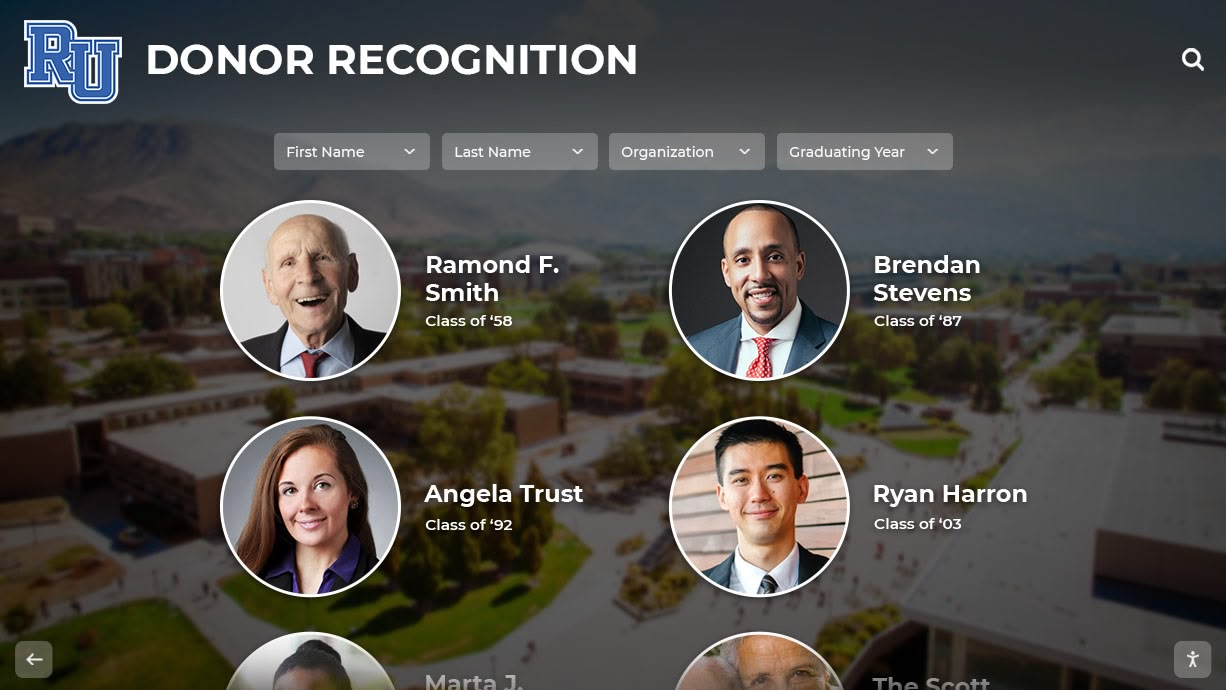
Facilitate Relationship Building
Beyond recognition, communities should create small group experiences enabling authentic connection, implement mentorship and peer support programs, organize social activities alongside mission-focused programming, and design spaces (physical and digital) conducive to informal interaction.
Relationship-building requires intentional programming rather than hoping connections form spontaneously. Communities actively facilitating relationship development maintain substantially higher long-term engagement than those focusing exclusively on transactional program delivery.
Communicate Purpose and Impact
Regular impact communication should share specific stories demonstrating mission advancement, connect individual member contributions to collective outcomes, celebrate community achievements resulting from combined efforts, and articulate vision for future community development.
This impact communication transforms participation from activity-focused (“attend this event”) to purpose-focused (“together we’re achieving this meaningful goal”). When members understand and connect to community purpose, intrinsic motivation sustains engagement through inevitable periods when specific programs might not perfectly align with individual interests.
Enable Autonomy and Choice
Finally, communities should offer diverse participation pathways across different commitment levels, respect different contribution preferences and engagement styles, involve members in governance and decision-making, and provide flexibility accommodating changing life circumstances.
This autonomy respect demonstrates that communities value members as individuals with unique needs, interests, and constraints rather than expecting conformity to rigid participation templates. When members feel their autonomy honored, commitment deepens substantially.
Conclusion: Creating Self-Sustaining Community Motivation
Understanding what motivates community members—recognition validating competence, relationships satisfying belonging needs, autonomy respecting individual choice, and purpose connecting to meaningful goals—enables organizations to build thriving communities characterized by enthusiastic participation and sustained commitment. Rather than constantly pushing members to engage, well-designed communities create environments where participation feels intrinsically rewarding, generating self-sustaining motivation requiring less ongoing effort to maintain.
Modern solutions like interactive digital recognition displays from Rocket Alumni Solutions provide powerful tools for implementing recognition programs at scale while creating engaging experiences that strengthen community bonds across generations. Combined with strategic relationship-building, purpose communication, and autonomy respect, these recognition platforms help communities address the fundamental psychological needs driving human motivation.
The investment in understanding and addressing member motivation pays dividends through increased participation, deeper commitment, stronger community culture, and greater capacity to achieve collective goals. Communities that prioritize motivation don’t just create better engagement metrics—they build environments where members genuinely want to participate, contribute, and maintain lifelong connection because doing so satisfies fundamental human needs for competence, autonomy, and belonging.
Ready to transform how your community recognizes and motivates members? Discover how comprehensive recognition platforms combined with strategic engagement approaches create thriving communities characterized by sustained participation and genuine commitment. Modern technology makes it easier than ever to implement the evidence-based strategies that tap into what truly motivates community members to engage deeply and remain committed for the long term.
